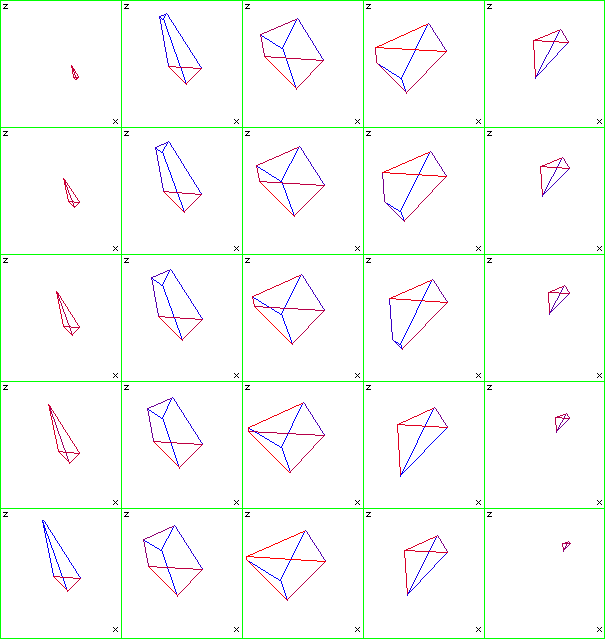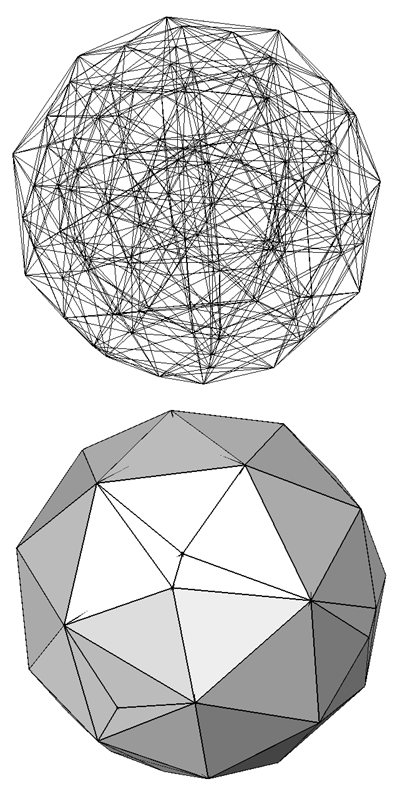

Gradually more wood is turned into marble, i.e. That is why the Standard Model could explain and unify the electromagnetic and the strong and weak nuclear forces but leaves out gravitation which is too weak a force to fit. Einstein's relativity theory where gravity is explained by space-time curvature is of a different nature that does not mix well with quantum field theory. This metaphore of opposing viewpoints is taken along by Kaku as his book develops. Till then the theory was carved in marble he said, quantum theory was made from wood, and he wanted to build a theory that was just marble, no wood. Here we also meet with Einstein's reluctance towards quantum theory's 'spooky action at a distance'. The Yang-Mills field theory replaced the classical Maxwell theory. It starts with the observations that have led to the development of quantum theory that, when followed consequently, has strange and unexplainable consequences.

In part two, we get the more recent history in search for the unification. He more or less assumes we are familiar with the classical theory of Newtonian mechanics and presents a first unification by introducing the Riemannian tensor for the Kaluza-Klein theory which consists of the 4-dimensional Einstein block, bordered by a row and column to include Maxwell's theory. We get a sneak preview of where this may lead us: black holes, wormholes, and time travel. We are introduced to the queer higher dimensional world and a world that is not flat. The four forces that need to be unified are Maxwell electromagnetic force, strong and weak nuclear force, and gravitational force.

In the first part he prepares the reader for the roller coaster he is about to enter. This need for higher dimensions provides the thread that runs through the book and that also was the inspiration for the title. As physicists of the 20th century constructed more complex theories that picked up more of the laws that describe phenomena, considered of different nature before, they needed to extend the dimension of the space in which they had to be described. Where Penrose's main objective was to understand the human mind and brain and uses a lot of technical material, Kaku's story is much more accessible and sticks more to the quest of a unifying theory that captures all the laws of physics. Like Penrose, Kaku gives in this book also an overview of how physics and our understanding of the laws that govern nature and the cosmos. Here I review two of the more mathematical/physical ones from the first release if seven books in April 2016: this book and The Emperor's New Mind (R.
Hyperspaces mathematics series#
In 2016 Oxford University Press started a Landmark Science series with cheap reprints of classic books, the 'must-reads', about topics that have shaped current science.


 0 kommentar(er)
0 kommentar(er)
